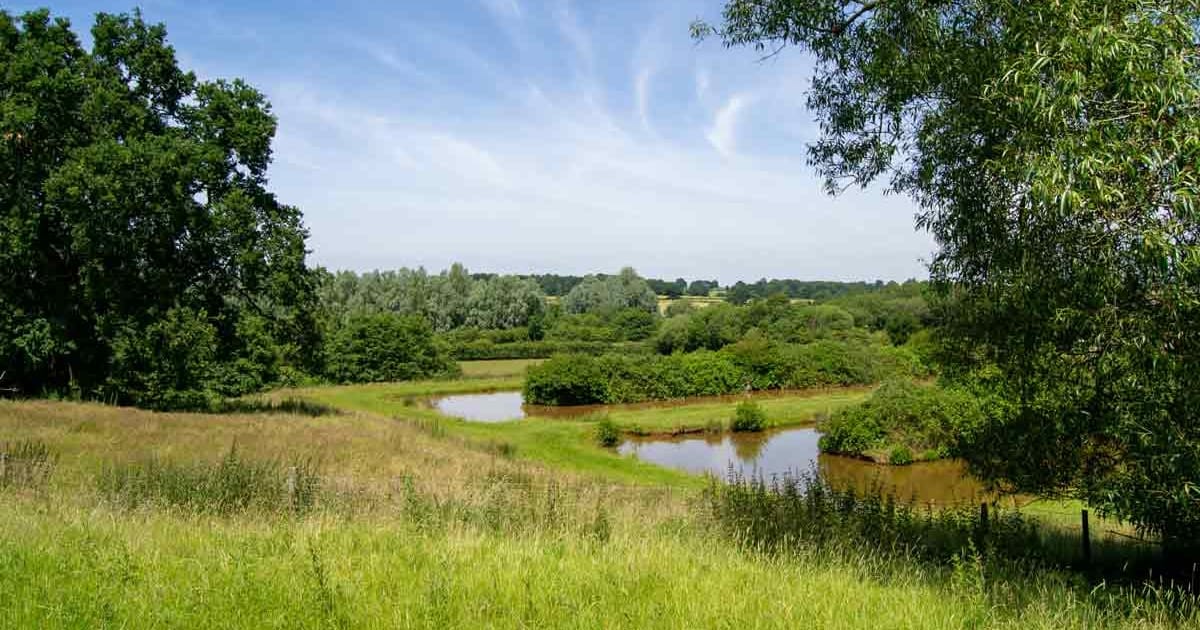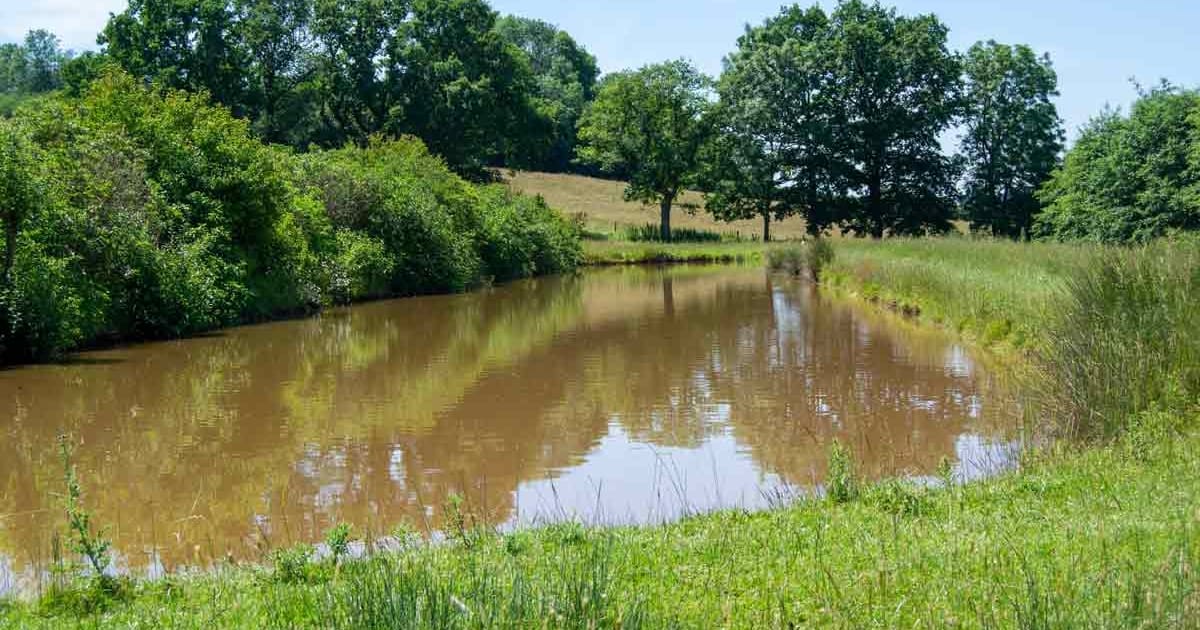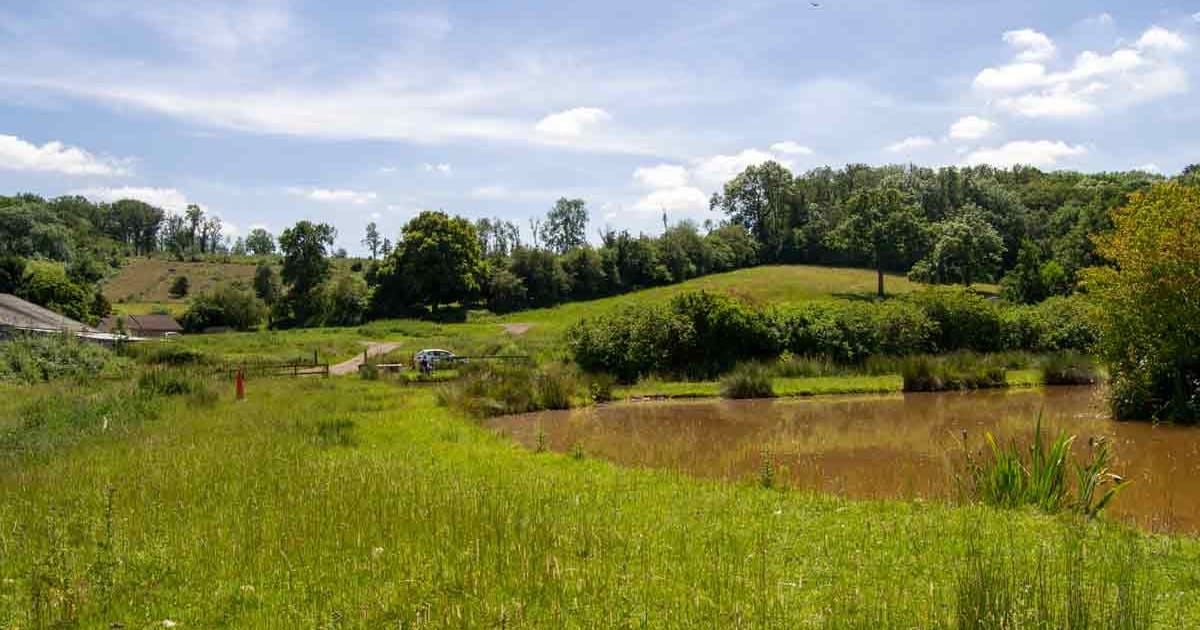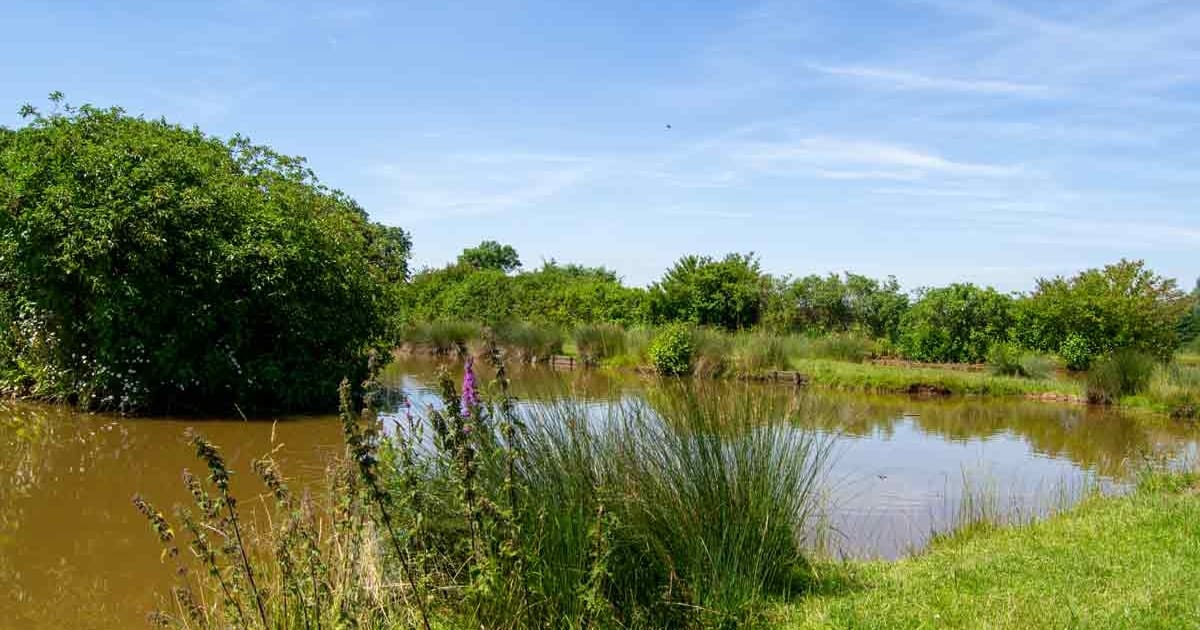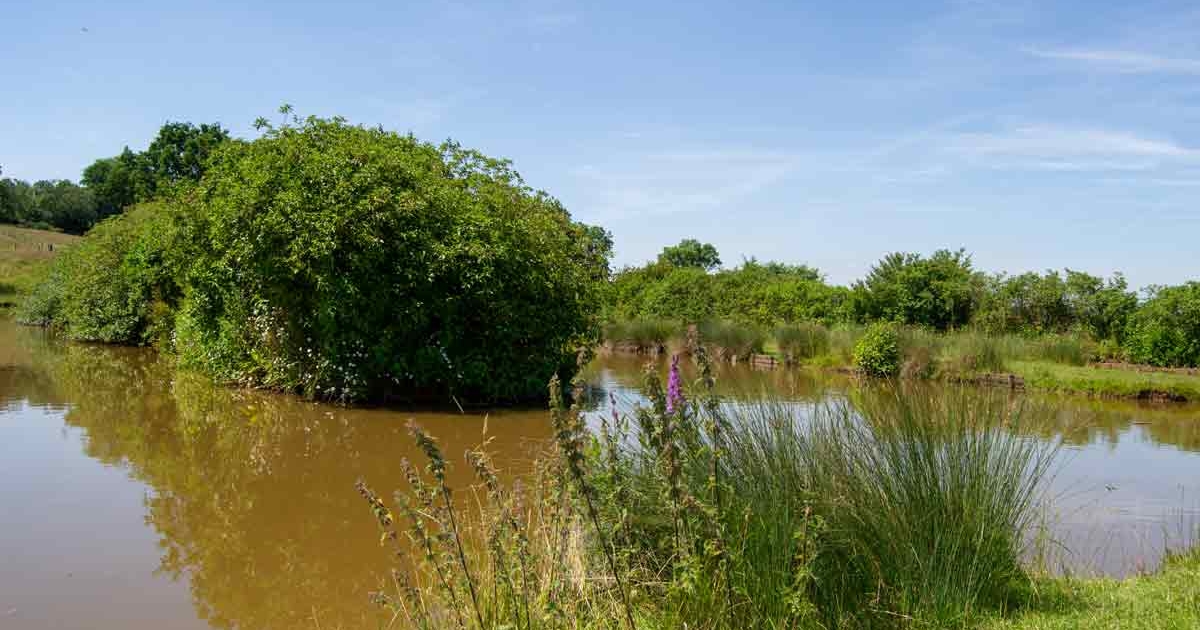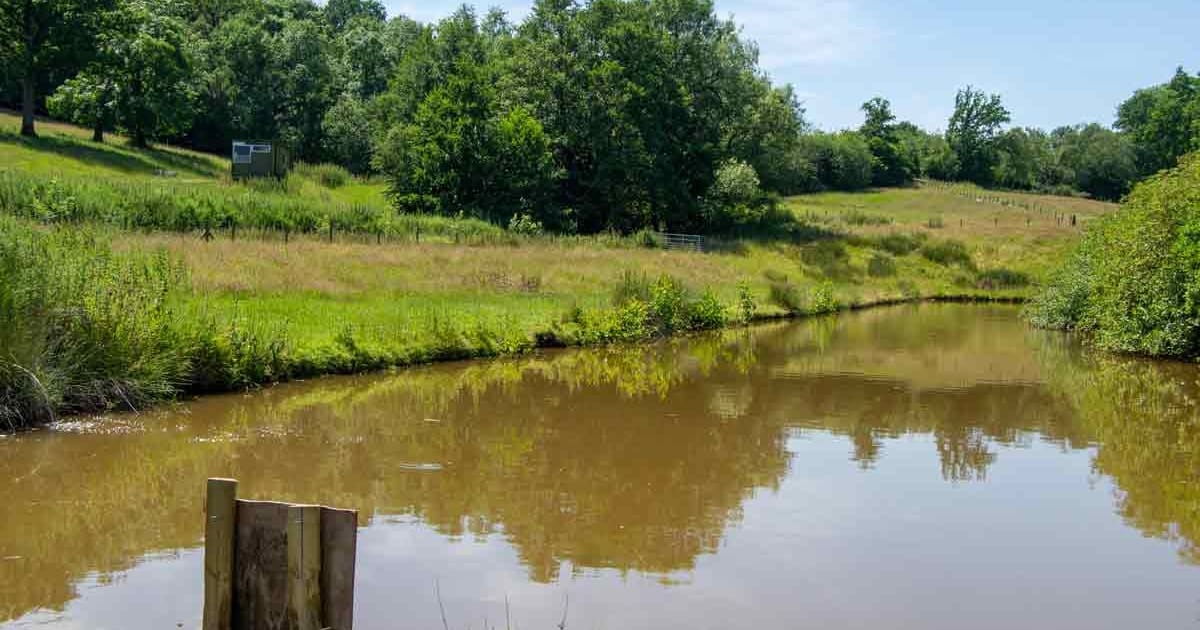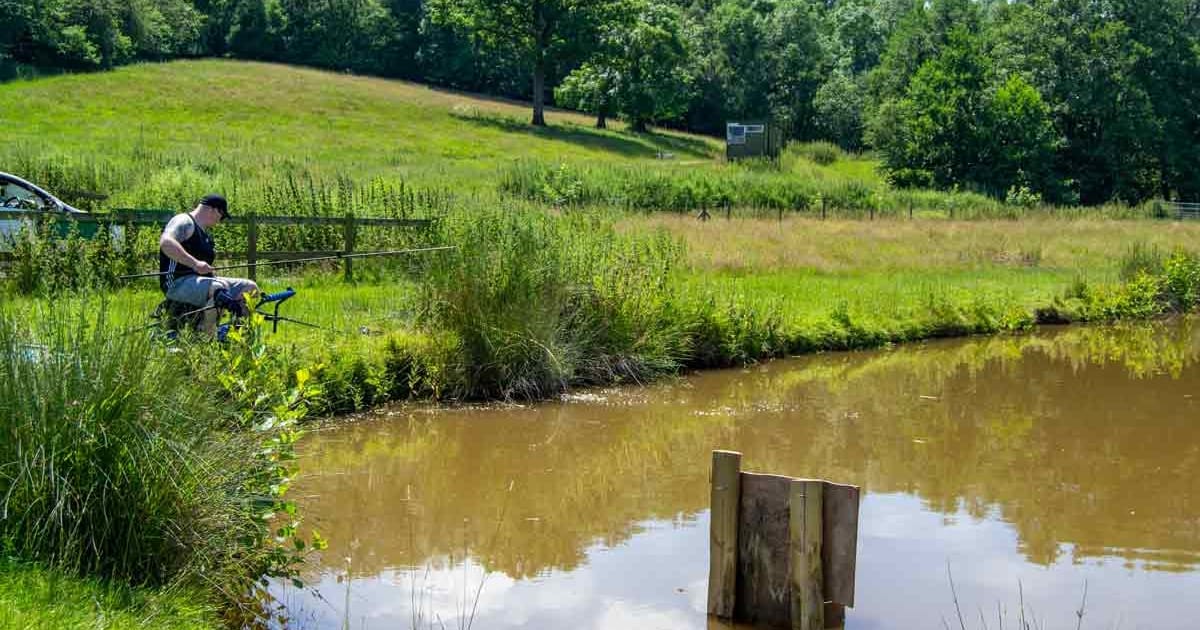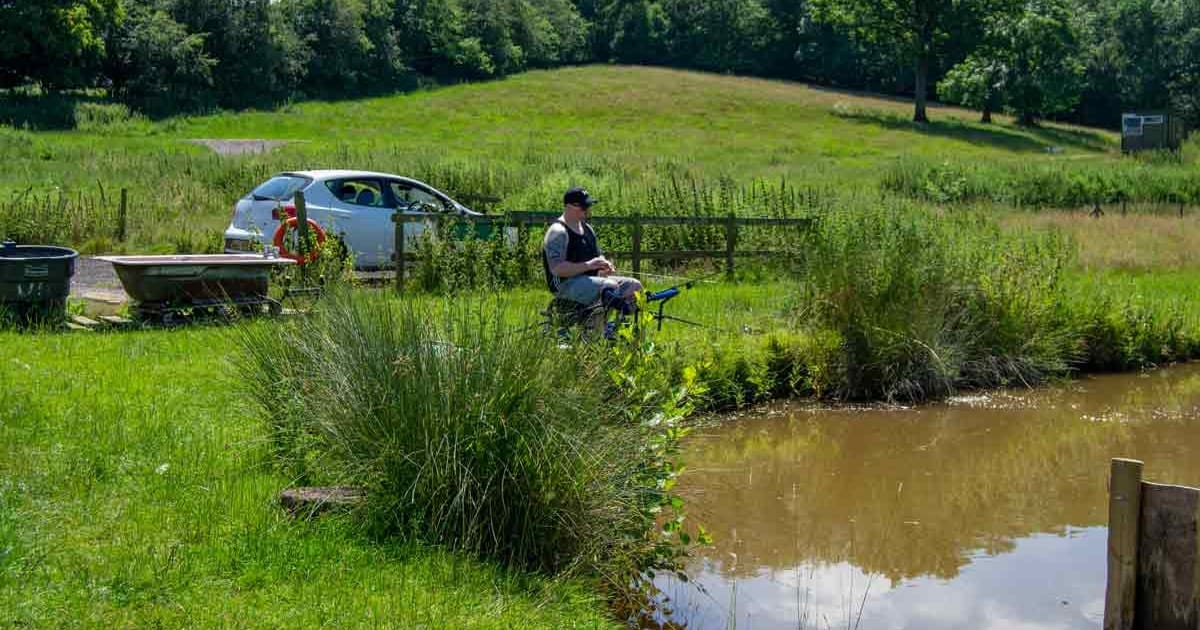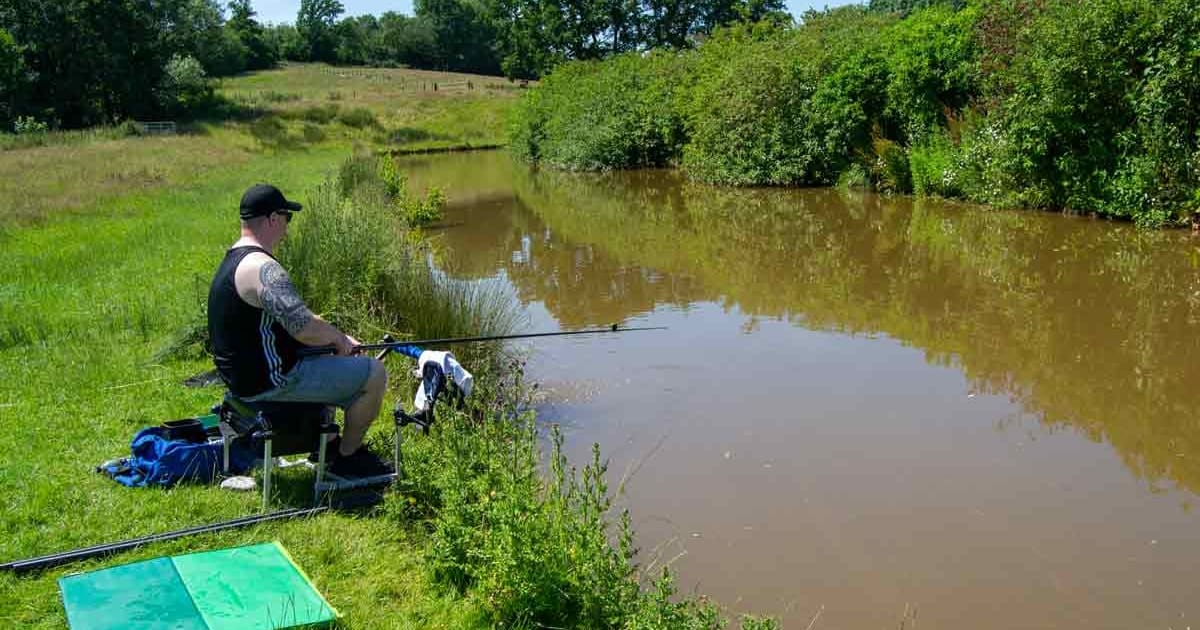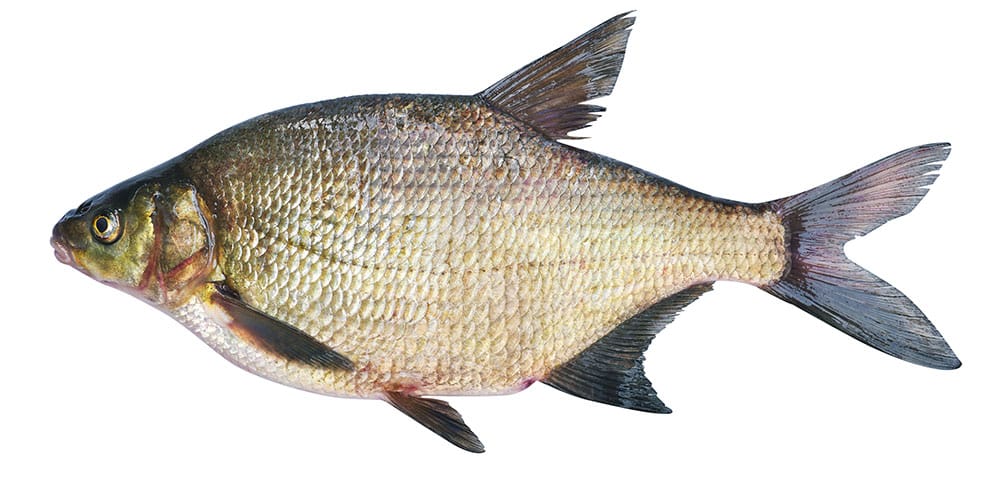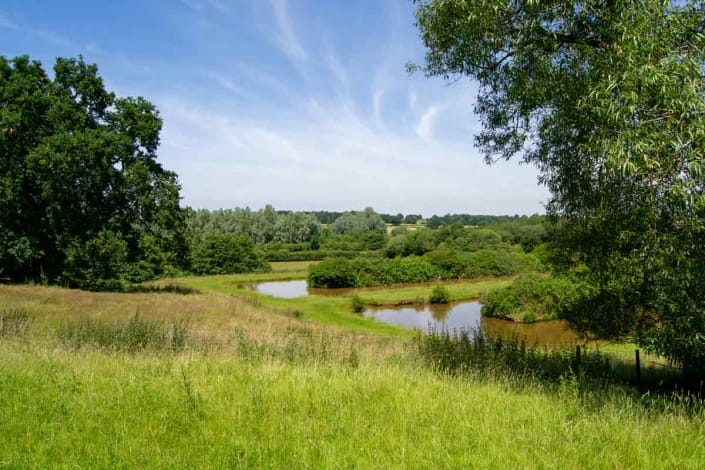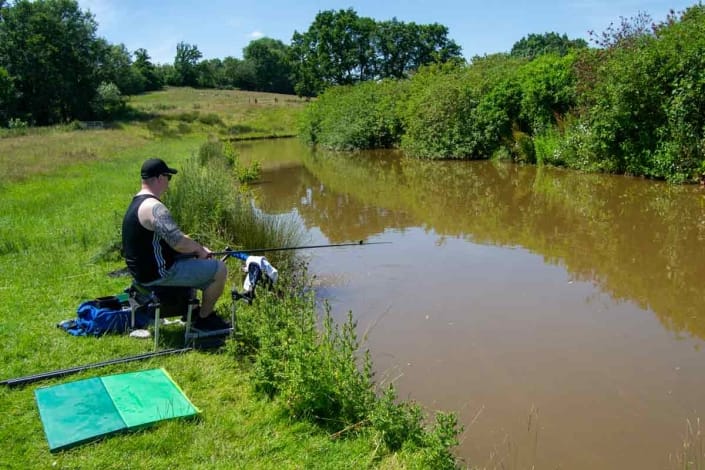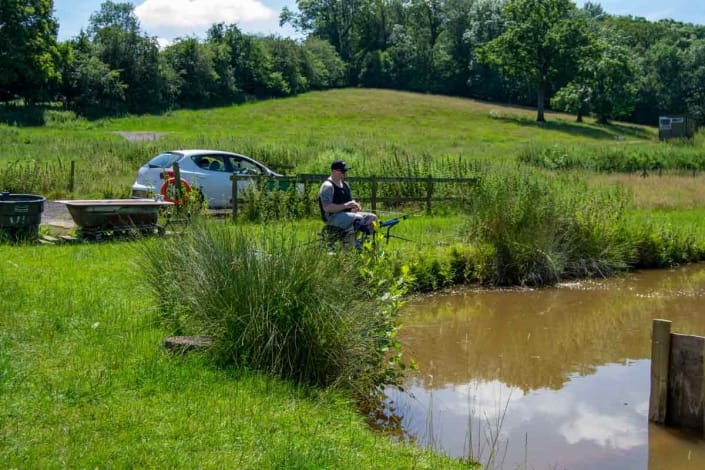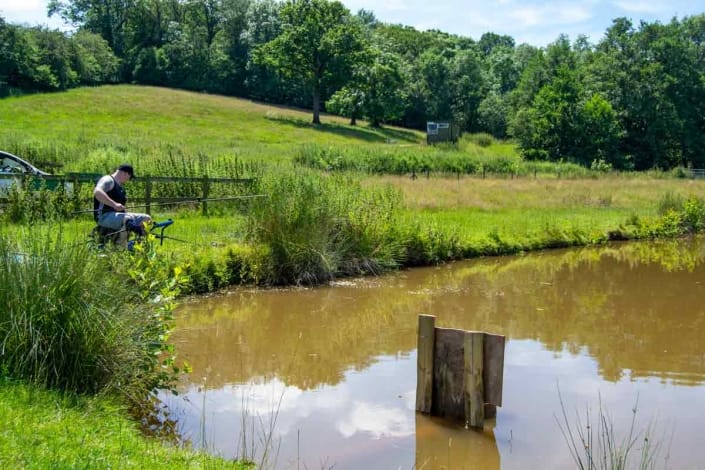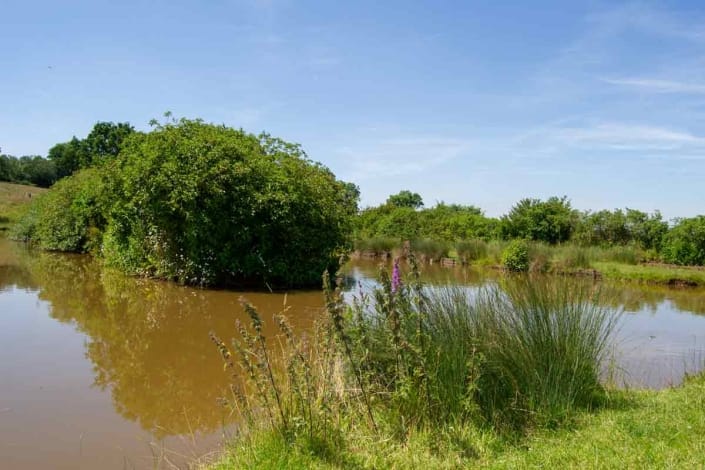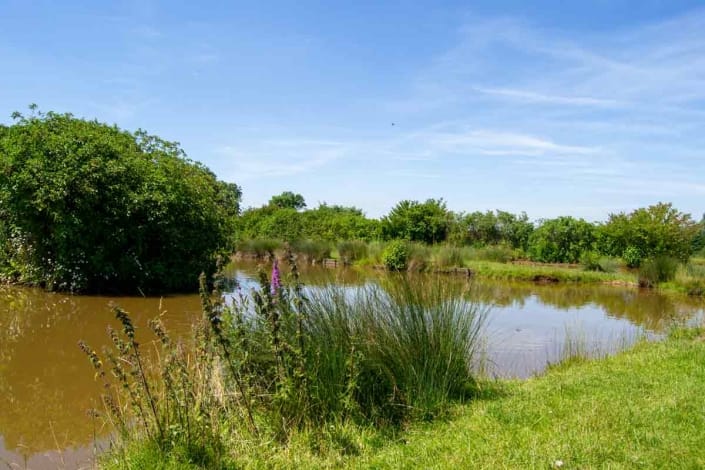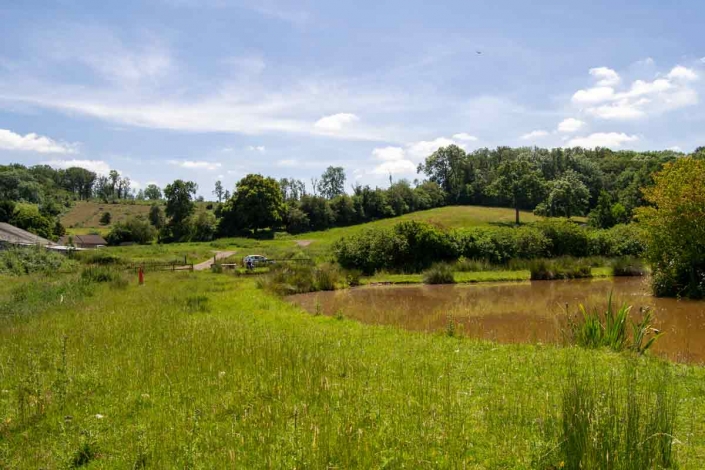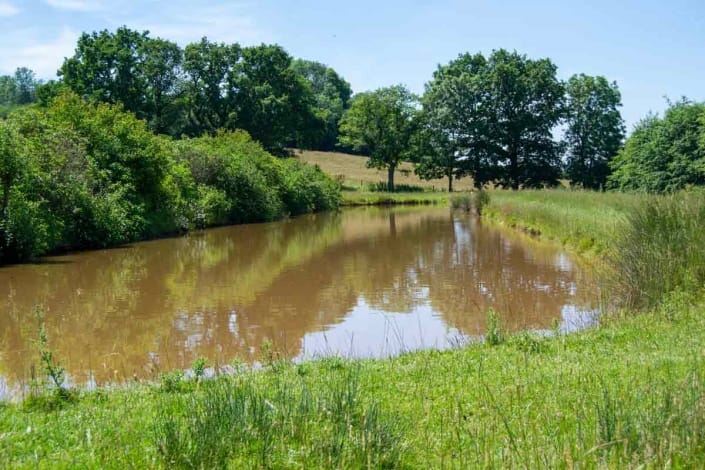Wagtail pool was completed in 2007 and is our match angling pool. Coming in at just under one acre in size, it is made up of one pool with two islands running through it.
Wagtail is made up of one pool, in a canal style, with room for around 40 match pegs. Wagtail varies in depth between two and six feet. They have many features with prominent and silty areas and small drop-offs. In the warmer months, there is a variety of water vegetation providing a rich natural food source which contributes to the size and health of the fish. Barbel up to 9lb have been caught and Carp into double figures.
Wagtail provides a fantastic day’s coarse fishing for all, including pre-arranged match anglers and pleasure anglers of all levels.
What fish are in The Wagtail Pool
Carp
Tench
Bream
Roach
Barbel
Click below to expand the fish facts
Carp

There are three varieties of carp which are commonly caught in the UK: Common, Leather and Mirror
APPEARANCE
All varieties of carp have very large, rubbery mouths with four barbules – two above the upper jaw with the other two at each corner of the mouth, these two barbules are particularly prominent. Carp lack teeth in their mouths, but have formidable pharyngeal teeth. These are used to crush food items, such as snails, and allow the fish to eject the unwanted shell and swallow the nutritious parts.
Carp are heavily bodied fish which have tremendous power and are one of the best (if not the best, depending on who you ask) fighting fish in UK waters. They lack scales on their heads, males are typically smaller than females and also have pectoral fins which are more pointed than their female counterparts.
Common Carp:
The common carp is a fully scaled, deep and full-bodied fish that is, for the most part, a golden colour. The top of its head and back is a bluish brown, the flanks are a brilliant gold colour and the underbelly is off-white, although it transitions to yellow towards the rear. The dorsal fin is long and grey/brown in the colour, the front section of this fin is tough, with a front spine that is sharp. The lower portion of their caudal and anal fins are generally an orange-red colour.
It is worth noting that the common carp can vary significantly in colour, so the carp described above will not always be ‘the common’ that is caught. Their backs can range from dark grey to brown, and the flanks can be deep bronze, golden, pale brown, or anything in-between.
Common carp have a tough, front spine that is present in the front part of the dorsal fin.
Leather Carp:
The leather carp lacks scales and so is completely smooth, it can have some scales along the dorsal line and the wrist of the tail. In pretty much every other aspect though it is the same as the Common Carp. Leather carp are a rare catch in the UK and are far more common on the continent.
Mirror Carp:
The mirror carp gets its name from the distinctive, overly large, golden scales which decorate its flanks which were said to resemble mirrors. Excluding these scales, the mirror carp is pretty much the same as a common carp, although its flanks can range significantly in colour, from olive, deep bronze and even pale yellow/grey specimens being commonplace.
Tench
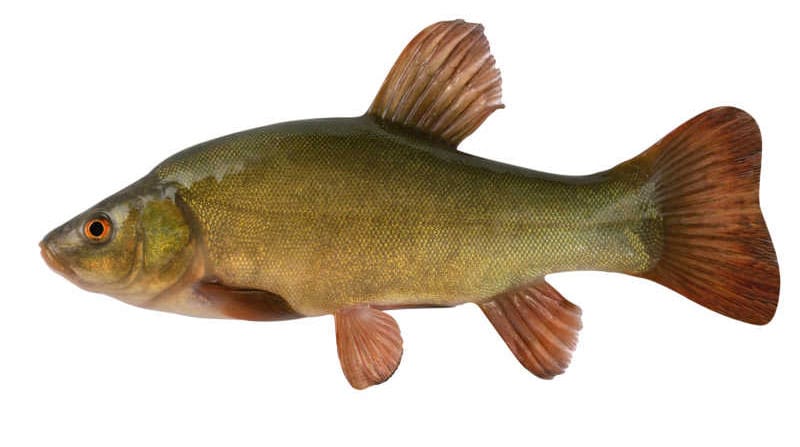
In the UK, tench typically grow between 16-28 inches (40-70cm) in length and weigh between 2-5 lb (1-2 kg).
APPEARANCE
The tench is a stocky fish with a humped back that gradually slopes up from its rounded head. One of its most distinctive features is its eyes, which are particularly small and red-orange in colour, located on both sides of its head. The mouth is narrow with thick rubbery lips and a small barbule on either side.
Its back ranges in colour from pale olive-green to brown-green, the flanks are usually a brilliant green-golden colour, the underbelly is cream/pale orange in colour and is virtually flat (as is the case with many bottom feeders). With the exception of the tail fin, which is square in shape, every fin has distinctly rounded edges. The tench has very small scales which are set deep into the skin, it is also covered in a thick slime. The result is a fish which is particularly soft and slippery and therefore a real pain to keep hold of once it’s out of the water! This slime was said to cure all ailments, giving rise to the tench’s nickname of the ‘doctor fish’.
The tench is a shoaling fish. When the fish are small, these shoals are large and gradually decrease in size as the individual fish within the shoal grow in weight and size. Tench above 7 lbs (3kg) have a tendency to be found in small groups or just pairs.
Warning: Tench will leave behind a considerable amount of slime, this means that landing nets will require a thorough clean after a session. Otherwise, a stiff, crusty mesh that smells particularly bad will form on the net.
Bream
 There are two main varieties of bream in the UK – white/silver bream and the common bream. The Common Bream is a much more desired fish, as it can grow far larger and is often found in vast shoals. If you do find such a shoal which is feeding, it can be fished to great effect and can offer a fantastic day’s sport.
There are two main varieties of bream in the UK – white/silver bream and the common bream. The Common Bream is a much more desired fish, as it can grow far larger and is often found in vast shoals. If you do find such a shoal which is feeding, it can be fished to great effect and can offer a fantastic day’s sport.
Silver Bream:
As its name suggests, the silver bream is bright silver in colour, its body is particularly slim and deep. A distinctive characteristic of the silver bream is the V-shaped pattern on its underbelly, formed as the scales from each side of its body meet.
Not only is the silver bream a different species to the common bream, but it is also far less common and does not grow as large as the common bream. Mature silver bream retain their silver colour, which (other than size) acts as the main way to distinguish between the two.
Common Bream:
The Common Bream is a much more desired fish compared to the silver bream, as it can grow far larger and is often found in vast shoals. The common bream is a deep bodied fish that is relatively thin across the body, it has a green-brown back with golden bronze flanks and a white underbelly. Young members of this species have silver flanks, which change to bronze as they age.
The common bream has a small mouth, but this doesn’t hold them back as at times they are prolific feeders.
Wait, what?
So silver bream retain their silver colour as they mature, whilst young common bream are silver, but become bronze as they mature? So, how do you tell the difference between a young common bream and a mature silver bream?
Yes, this can be an issue, but there are a few ways to tell the difference. Firstly, as mentioned earlier, silver bream have a unique, V-shaped pattern on their underbelly formed as the scales from each side of its body meet, common bream do not have this. Secondly, the eye of the silver bream is very large when compared to its head, this is not true for the common bream. Lastly, common bream, particularly young common bream, are covered in slime whereas silver bream are not.
Roach

Roach do not reach the large sizes attained by other coarse fish, a fish of 2 lbs (0.9 kg) would be considered a fantastic specimen.
APPEARANCE
The roach is a slim-bodied fish, its back is a grey-blue colour, its flanks are bright silver and its underbelly is pale cream. Despite also being known as ‘red fins’, with the exception of its anal fin, roach have fins which are orange, although they do develop into a shade of red in older specimens. Its mouth is small, with the top lip extending over the lower lip, indicating its preference for bottom feeding. They are found in large shoals, the largest of which can contain many hundreds of individual fish.
The roach is commonly mistaken for rudd, but you can tell the difference between the two in a number of ways. Firstly, the rudd’s fins are bright red, compared to the dull red/orange fins of the roach. The rudd also has a protruding lower jaw, unlike the roach which has a protruding upper jaw. The rudd’s dorsal fin is also located much closer to the tail compared to the roach’s. Finally, if you want to be extra sure that you’ve caught a roach, along the lateral line it will have a scale count of 39-49 scales.
Barbel
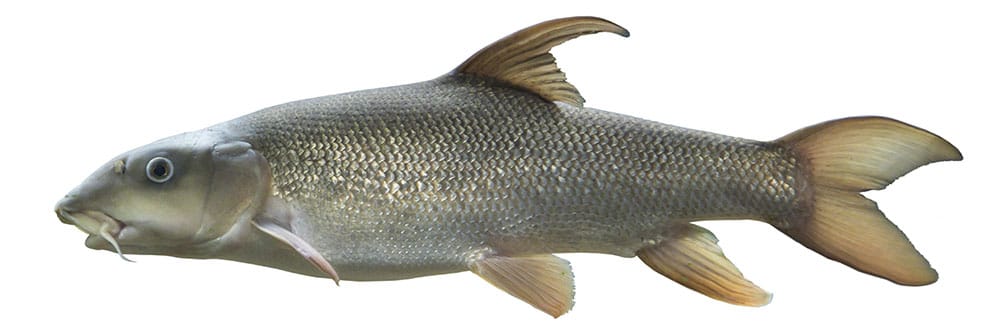
The barbel is a slim, elegant fish which is surprisingly powerful, it is found almost exclusively in rivers and a member of the carp family. It has a grey coloured back with bronze flanks and a pearl coloured lower half. It is easy to identify from the four barbels on its face – one in each corner of its mouth and two on the snout. These barbels are designed to feel and smell food before taking it as the barbel forages in the pool bed. The barbel is a bottom feeder and so has the typical mouth with a downward curve, to help with this function.
It has a broad head which tapers sharply into its rounded snout, when viewed from above the barbel has a wedge-like shape, providing another way to identify it. Its underbelly is cream-white in colour and very flat. The barbel likes to lie on the bottom and face the current, its aerodynamic shape formed by its snout and head pushes water over its body, allowing it to stay in the same position. The fins are pale pink/grey in colour and are somewhat rounded in shape, the exception to this are the tail and dorsal fins which are much sharper and darker in colour.
FISH WELFARE:
The barbel is a hard fighter and won’t give up until it is completely drained. Once landed, unhook it as quickly as possible as often as it will often need to be held in the water to revive before it can be released. Gently lower the barbel into the water facing upstream and support it. When ready, it will power out of your hands with a kick of its tail.
Should you want to weigh or photograph a barbel, let it rest within the landing net in the water until you have everything ready. If the fish is showing signs of being in distress, wait until it has recovered before lifting it out of the water, and rest it again prior to release.
Wagtail Pool photo gallery

